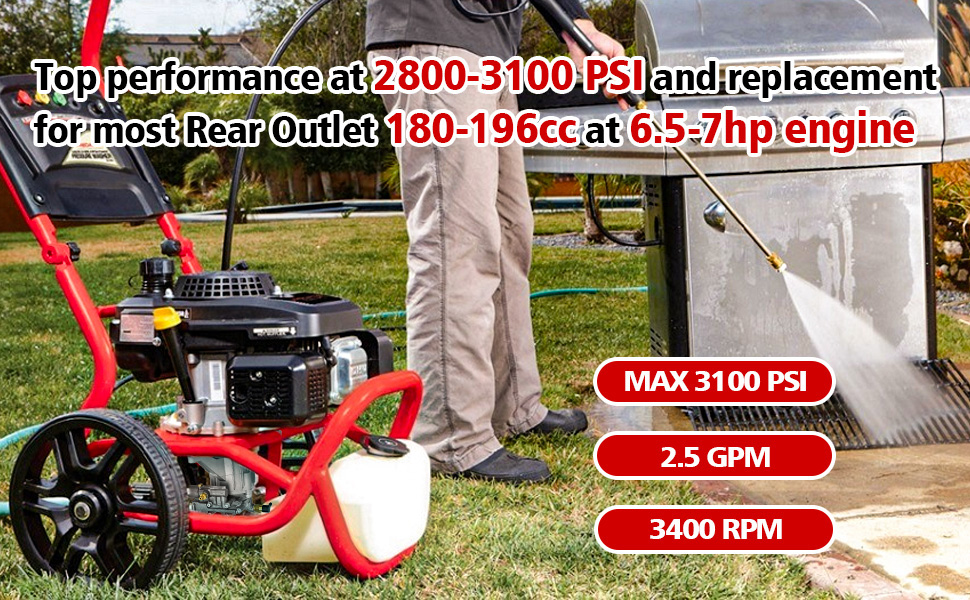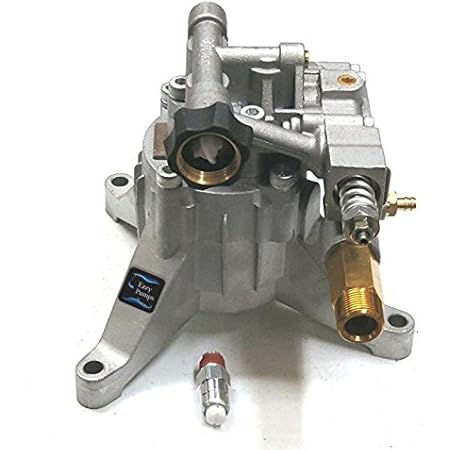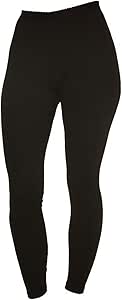Power washers are essential tools for maintaining the cleanliness of your home, whether you’re cleaning driveways, decks, or vehicles. Among the components that may need replacement over time, the pump is one of the most critical parts. If you own a Troy-Bilt power washer, understanding common mistakes when replacing the pump can save you time, money, and frustration. This article explores these pitfalls and provides valuable insights to ensure a successful pump replacement.
Understanding the Importance of the Pump
The pump in a power washer is responsible for converting the engine’s mechanical energy into hydraulic energy, creating high-pressure water jets. A malfunctioning or broken pump can severely limit the functionality of your power washer, leading to ineffective cleaning and potential damage to surfaces.
Common Mistakes to Avoid

1. Ignoring Compatibility Issues

One of the most significant mistakes is failing to ensure that the replacement pump is compatible with your Troy-Bilt model. Using an incompatible pump can lead to performance issues or even damage to the machine.
- Check Model Numbers: Always verify the model number of your power washer and match it with the pump specifications.
- Consult Manufacturer Guidelines: Refer to the user manual or the manufacturer’s website for recommended pump replacements.
2. Skipping the Maintenance Checks

Before replacing the pump, it’s essential to conduct thorough maintenance checks on other components of the power washer. Neglecting this can lead to further issues down the line.
- Inspect Hoses: Check for leaks or blockages in hoses that could affect pump performance.
- Examine the Engine: Ensure the engine is functioning correctly and that fuel and oil levels are adequate.
3. Overlooking Proper Tools and Equipment
Having the right tools on hand is vital for a smooth pump replacement process. Using inappropriate tools can lead to damage and unsafe working conditions.
- Essential Tools: Make sure to have wrenches, screwdrivers, and pliers available.
- Safety Gear: Always wear safety goggles and gloves to protect yourself from potential hazards.
4. Failing to Follow Proper Installation Procedures

Improper installation can result in leaks, reduced performance, or even pump failure. Following the correct procedures is crucial for a successful replacement.
- Follow Step-by-Step Instructions: Use the installation guide provided with the new pump.
- Secure All Connections: Ensure that all hoses and fittings are tightly secured to prevent leaks.
5. Neglecting to Test the System After Replacement
After installing the new pump, testing the entire system is essential to ensure everything is functioning correctly.
- Run the Power Washer: Turn on the machine and check for leaks or abnormal sounds.
- Observe Pressure Levels: Test the pressure output to confirm it meets the specifications of your power washer.
6. Cutting Corners on Quality
Choosing a low-quality or generic pump might seem like a cost-saving measure, but it can lead to more significant expenses in the long run due to frequent breakdowns and repairs.
- Invest in Quality Brands: Stick to reputable brands and consider OEM (Original Equipment Manufacturer) parts for reliability.
- Read Reviews: Research product reviews and ratings to gauge the reliability of the pump you intend to purchase.
Case Studies: Real-Life Examples

Understanding the consequences of these mistakes can be highlighted by examining real-life scenarios.
Case Study 1: Ignoring Compatibility
A homeowner replaced their Troy-Bilt power washer pump without verifying compatibility. They chose a generic pump that was not designed for their specific model. As a result, the pump failed after just a few uses, leading to a costly repair and wasted time.
Case Study 2: Skipping Testing
Another user completed the pump replacement but failed to test the system afterward. After an hour of cleaning, they noticed a significant drop in pressure, which caused frustration and additional repairs. A simple test could have identified the issue before use.
Statistics on Power Washer Maintenance

According to industry reports, around 30% of power washer owners do not conduct regular maintenance checks, leading to a high rate of pump failure. Furthermore, approximately 25% of users replace their pumps with incompatible models, contributing to frequent breakdowns and repair costs. Understanding these statistics emphasizes the importance of careful planning and execution when replacing your power washer pump.
Replacing the pump of your Troy-Bilt power washer can be a straightforward process if you avoid common mistakes. By ensuring compatibility, conducting thorough maintenance checks, using the right tools, following proper installation procedures, testing the system afterward, and investing in quality parts, you can ensure a successful replacement. Remember that your power washer is an investment in your home’s upkeep, and taking the time to do the job right will pay off in the long run. By being informed and diligent, you can keep your power washer running smoothly for years to come.


